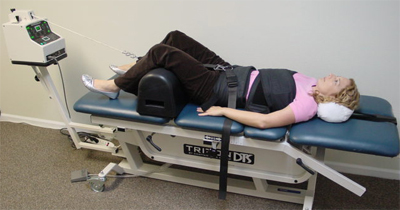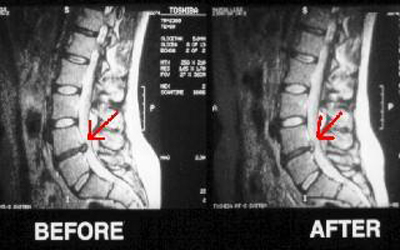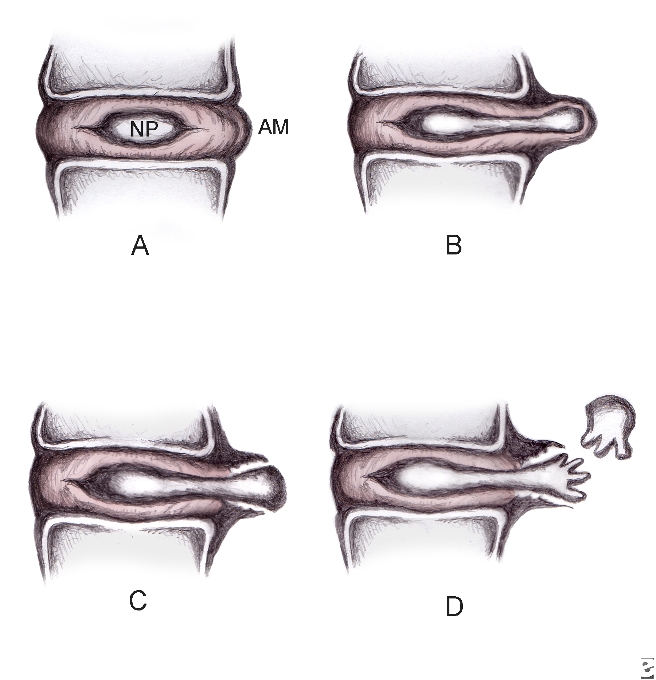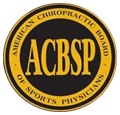It has been estimated that 70 percent of all adults have some form of disc degeneration whether it be disc bulges or herniations. Research shows that between the ages of 20 and 40 is when most people damage their discs while their symptoms may not appear for years to come.
Disc degeneration occurs due to a variety of factors. Traumatic events such as slips and falls, car accidents and sports injuries account for only a fracion of why people have disc related symptoms. The majority of disc degenarative issues arise from microtraumas, or so-called "wear and tear" on the spine. These are the repetitive motions people do all the time that don't cause pain at a single event but cause major spinal joint and disc problems over a long period of time. These include repeated bending, lifting, twisting, crouching, standing or sitting. Just due to the effects of gravity alone, the upright position places tremendous load on the discs of the vertebral column leading to compression of these delicate structures causing them to deteriorate, bulge and herniate.
Symptoms of disc degeneration include severe pain, mostly in the neck and lower back, but this pain can also travel, or radiate, to other areas such as down the arm or leg. One might only have arm or leg pain with no spine pain because of a disc injury. Some of the more frustrating symptoms of disc damage include the sensation of numbness, tingling or "pins and needles" while other more serious effects of disc injury could be weakness or inability to control movement of the extremity. Severe disc injury could eventually lead to permanent nerve damage, paralysis or loss of control of bowel or bladder function.
While chiropractic treatment combined with rehabilitation to the postural muscles of the spine has proven effective in most cases of disc degeneration, more serious disc injury requires the use of advanced technology. Spinal Decompression is the act of decreasing the "pressure" both inside and around the discs of the spine to allow them to draw in fluid, nutrients and oxygen so that the discs will begin the process of healing and repair.
This is accomplished through use of a spinal decompression table whereby the individual is strapped to a harness that surrounds the torso (for lower back discs) or a traction collar (for neck discs) while a computer gently and slowly pulls the spine into a distracted position. Based on computer analysis of the position and location of the actual degenerated disc, the table will decompress the spine at varying angles as well as determine whether intermittent or sustained distraction will be necessary, something ordinary traction tables are incapable of doing.


Pre- and Post spinal decompression MRI studies have proven the effectiveness of the treatment at reducing both the size of the disc herniations as well as the symptoms they cause. The frequency and the duration of the treatment are determined by the doctor based on factors such as the patient's age, symptom intensity and size and location of the disc in question.

IF YOU SUFFER FROM A DISC INJURY, INQUIRE ABOUT SPINAL DECOMPRESSION TODAY!
EFFECTIVE AFFORDABLE NON-SURGICAL SPINAL DECOMPRESSION IS AVAILABLE






Sports Injuries
Dr. Kevin Toss DC, DACBSP
Diplomate American Chiropractic Boards Sports Physicians

Staten Island, NY - 718-966-7000
Clifton, NJ - 973-777-2536


